1/One thing that always strikes me when I travel around the US and Canada is the differences in road infrastructure design compared to Europe: the way topography or urban insertion is dealt with, the use of materials, etc. There is a cultural explanation, I think.
Let me explain

Let me explain
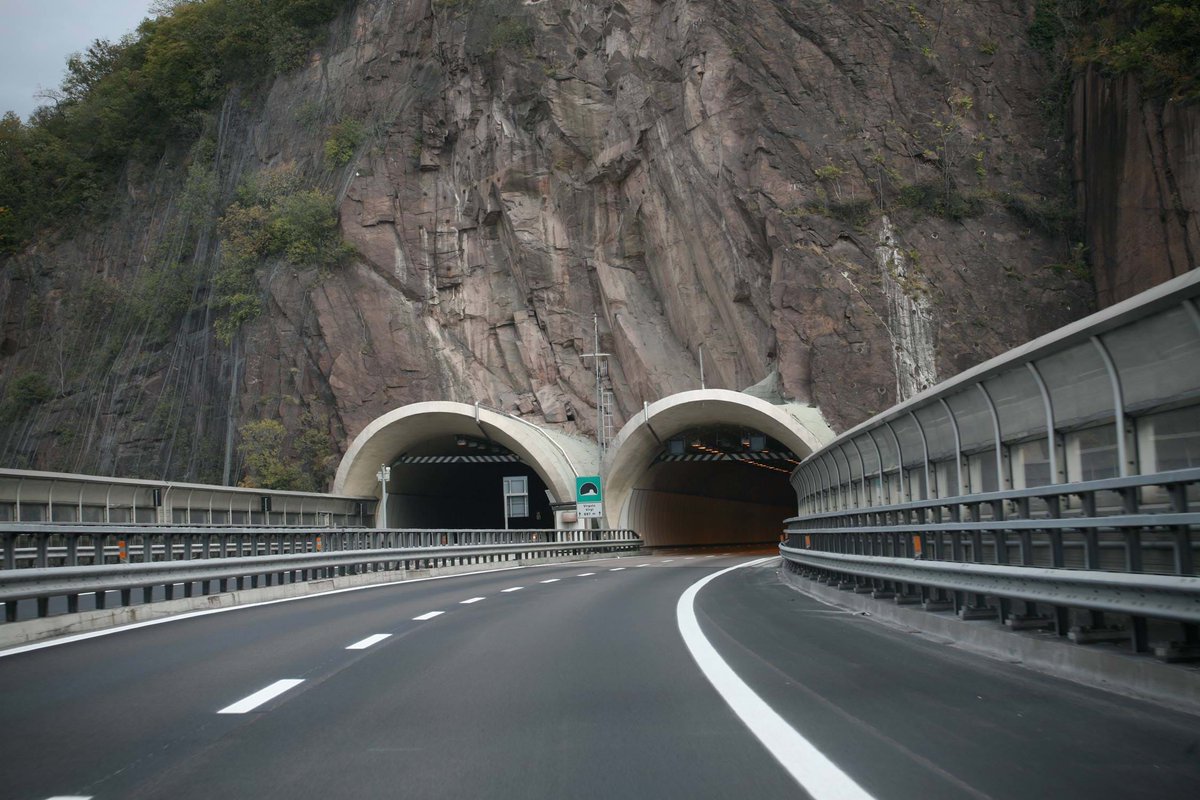
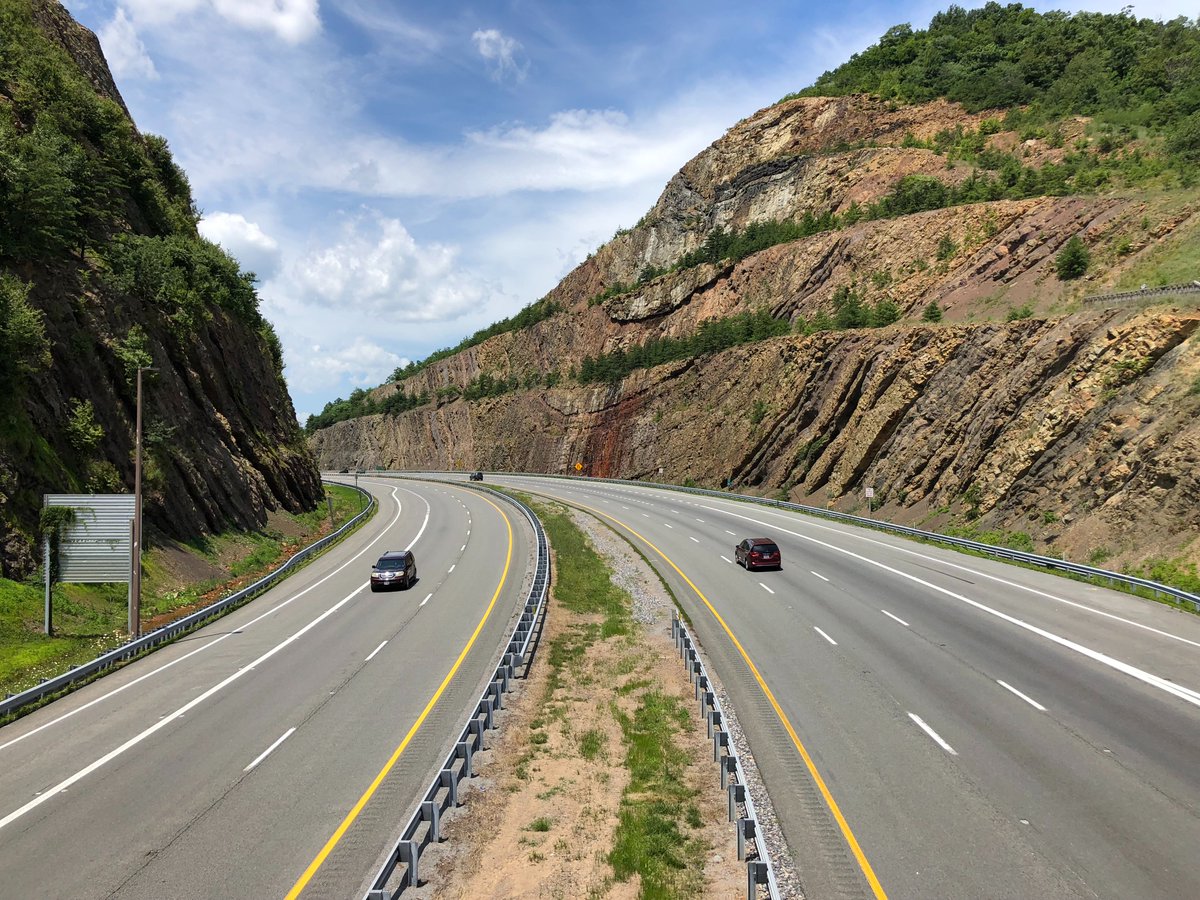
2/I have a petty theory (not that petty, it's part of my dissertation actually) that technical cultures matter. For cultures, I mean the assumptions and routines historically embedded in technical tools and practices stratified over time to the point of becoming taken-for-granted
3/It means that many of our assumptions about what is feasible/desirable are so deeply rooted in the local/national history of the profession that we tend to take it as universal norms and rules and never question them in the everyday practices. "We have always done in this way!"
4/ Even if in my dissertation I concentrate on spatial planning professional cultures, I think this can be applied to other technical domains, for example road building. What I will say it's anecdotal, more descriptive than explanatory, but let's make a couple of examples.
5/ Take topography. How do you overcome the obstacles of rugged topographies? In NA, engineers prefers to use steeper grades and to avoid tunnels with large cuttings and embankments above all. In Europe, viaducts and tunnels are used way more in similar situations 

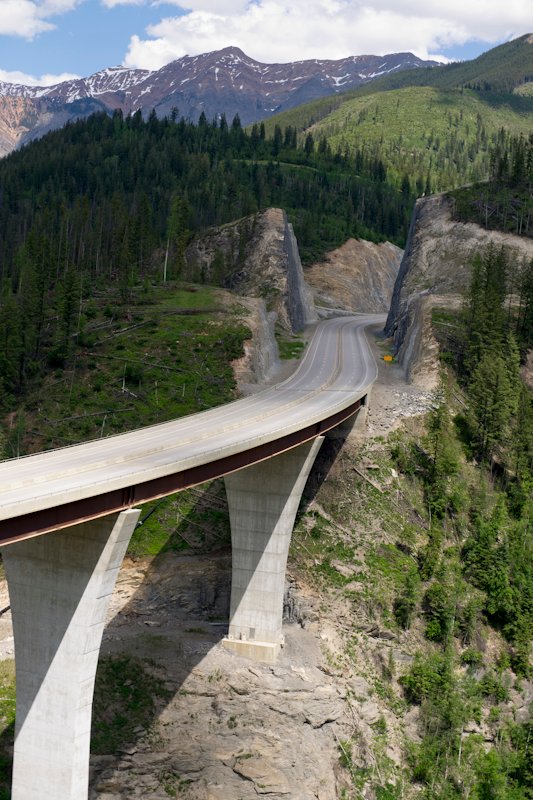

6/ Travelling around I've seen many situations where an Italian road engineer would have definitely used a different approach than a Canadian one, both technically valid of course, to adapt the geometrical needs of road building (vertical and horizontal radii) to the ground. 


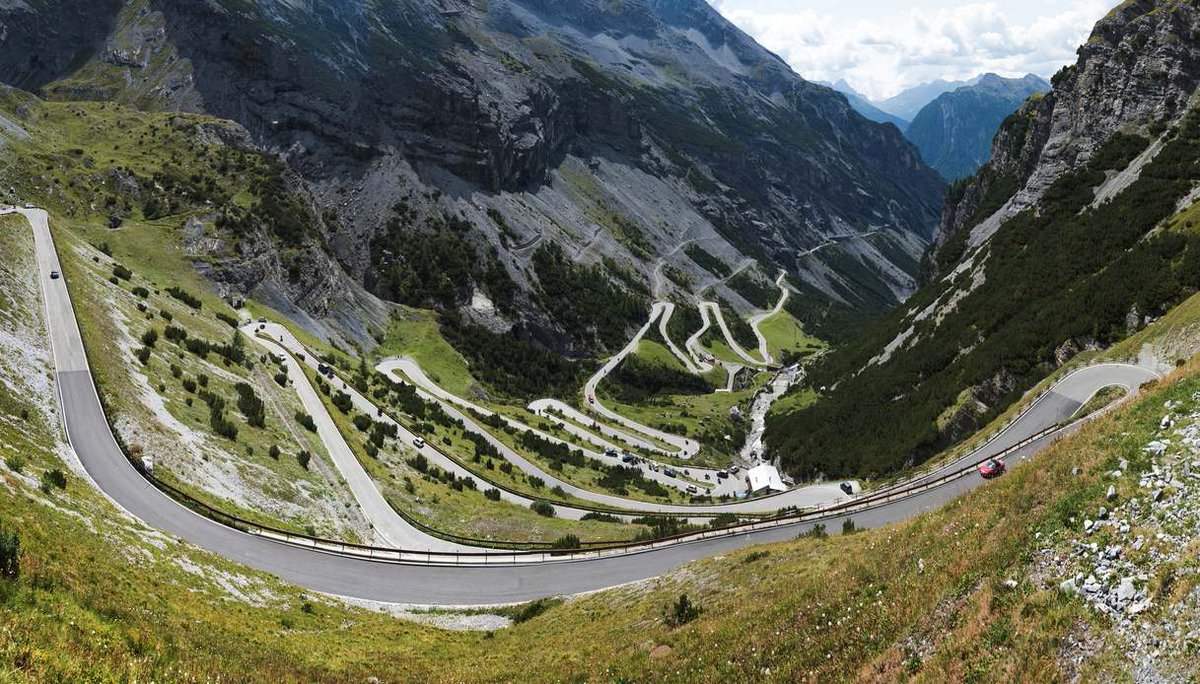
7/ These assumptions are not written in stone. They evolve over time as every "culture" does. An engineer working in the new A1 motorway, planned in the late 90s but built in the 2010s, told me that today it would have been designed differently, deeper and with more tunnels. 
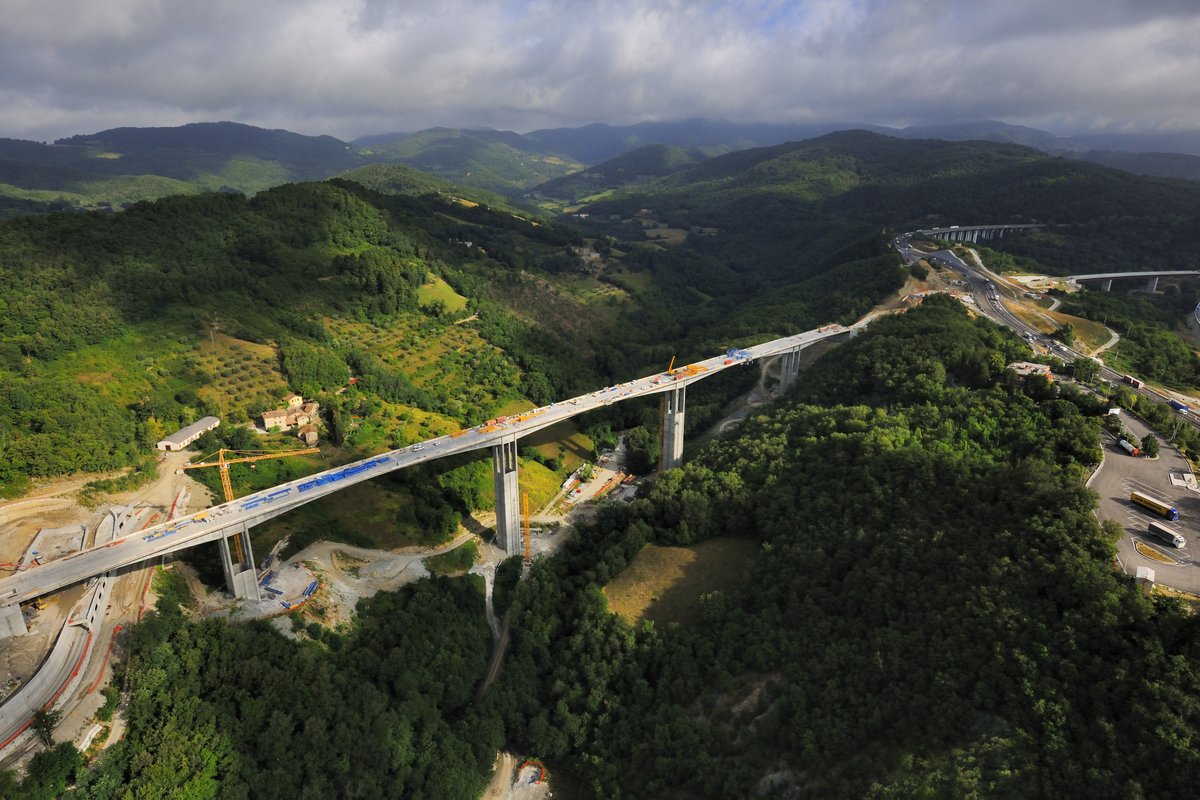
8/ Things like that long viaduct in the Alps, designed in the 1980s and built in the 1990s would never be built today and considered to have too a strong impact on the landscape. It would be mostly tunneled. In NA, I bet, it would be made with large embankments and cuttings 
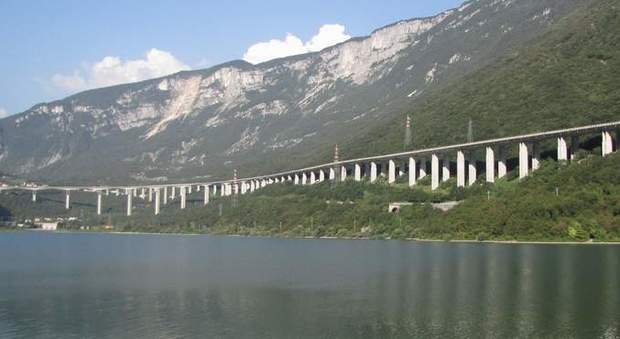
9/ The same is true for how engineers deal with urban insertion of road infrastructures or their adaptation. Putting highway u/g even nowadays is more common in Europe (but in Australia too), even in peripheral areas. Examples in the US/Canada can be counted on one hand fingers 
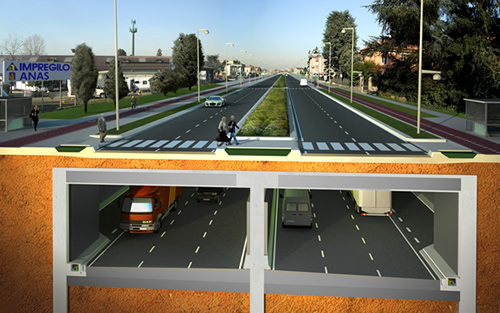
10/Another example is the treatment of road hierarchies, with a lot of emphasis put on large arterials in NA, regulated mostly with traffic lights. in Europe, it's extremely uncommon to have 8-lane arterial roads, let alone with flat intersections. But that varies among countries
11/ The same is true for the intersections. The roundabouts are the most obvious examples, but also the fact that NA engineers tend to avoid grade separate intersection unless it's a freeway. Grade separation is common on many 2-lane highways in Europe 
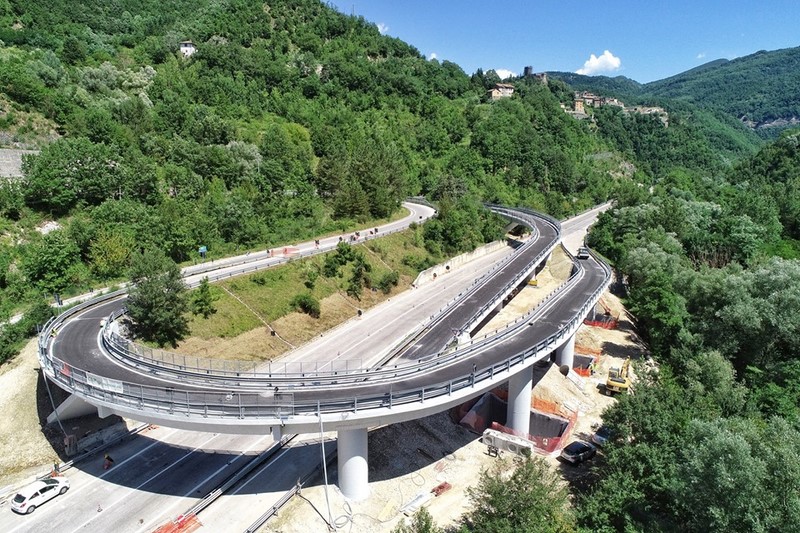
12/ I can go on with other examples, but the point is that there are default preferred solutions that become the norms, either by being written down in standards and by-laws or sometimes as just the most commonly accepted ways-of-doing within the professional field writ large
13/ Of course, there are many non cultural factors that can explain those differences, not least construction costs. But it's a chicken and eggs story, so the fact that tunnels are costly is maybe because it's a rarity as the whole sector adapted to mine whole mountains instead
14/ It's worth and very fascinating digging into these deep assumptions and taken-fro-grantes ideas and norms, see how they originated in time and challenge them: e.g. the whole SWOT analysis is a sketchy procedure so biased by cultural assumption that is everything but rigorous.
15/ SWOT analysis as tools to ascertain a "best option" are uncommon in italian planning and broadly considered an "Americanata", while cost-benefit analysis have gained importance in transport planning in the last decades. There are reasons and some of them are "cultural"
16/ I hope one day some curious engineers will start to dig in this international cultural differences to tell us more about the diverging path taken by what we consider highly technical and rational professions, that are, in reality, inevitably biased by their national roots.
• • •
Missing some Tweet in this thread? You can try to
force a refresh































